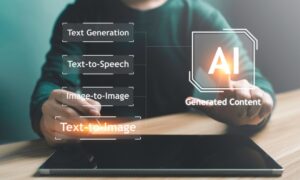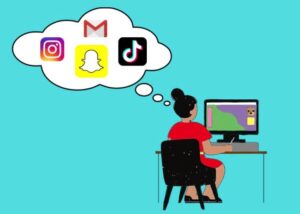Digital Tools for Academic Excellence: A Guide to Educational Productivity

Introduction:
In the contemporary landscape of education, Digital productivity have emerged as catalysts for academic excellence. The integration of technology into learning environments offers a myriad of opportunities to enhance productivity, engage students, and promote a more dynamic educational experience. This article serves as a comprehensive guide to the digital tools that foster academic excellence, providing educators and students with a roadmap to navigate the ever-evolving landscape of educational technology.
Learning Management Systems (LMS):
At the heart of educational productivity lies the Learning Management System (LMS). These platforms, such as Moodle, Canvas, and Blackboard, serve as central hubs where educators can organize course content, assignments, and assessments. LMS fosters collaboration, streamlines communication, and provides a structured framework for delivering course materials.
Note-Taking Apps and Cloud Storage:
Gone are the days of scribbling notes on paper. Digital note-taking apps like Evernote, Microsoft OneNote, and Google Keep allow students to organize and access their notes across multiple devices. Cloud storage services, such as Google Drive and Dropbox, ensure that important documents are securely stored and easily accessible from anywhere, fostering a seamless and efficient workflow.
Interactive Whiteboards and Collaboration Tools:
Interactive whiteboards, coupled with collaboration tools like Microsoft Teams or Zoom, facilitate dynamic and engaging virtual classrooms. These educational tools enable real-time interaction, live annotations, and collaborative discussions, breaking down geographical barriers and fostering a sense of community among students and educators.
E-Books and Digital Libraries:
The transition from traditional textbooks to e-books and digital libraries has revolutionized the way students access information. Platforms like Kindle, Apple Books, and Project Gutenberg offer a vast array of digital resources, providing students with instant access to a wealth of knowledge at their fingertips. Digital libraries also support a more sustainable and eco-friendly approach to education.
Task Management and Productivity Apps:
Staying organized is a crucial aspect of academic success. Task management and productivity apps like Trello, Asana, and Todoist empower students and educators to create to-do lists, set deadlines, and track progress efficiently. These tools promote time management and help individuals stay focused on their academic goals.
Online Assessment Platforms:
Digital tools for academic excellence extend to assessment platforms like Kahoot!, Quizlet, and Edmodo. These platforms offer innovative ways to assess student understanding through interactive quizzes, flashcards, and collaborative learning activities. Such tools not only make assessments more engaging but also provide valuable insights into student performance.
Virtual Reality (VR) and Augmented Reality (AR):
For a truly immersive learning experience, Virtual Reality (VR) and Augmented Reality (AR) have become invaluable tools. Apps and platforms like Google Expeditions and Merge Cube transport students to virtual worlds, allowing them to explore historical sites, conduct virtual experiments, and gain a deeper understanding of complex concepts.
Language Learning Apps and Online Courses:
Language learning is no longer confined to the classroom. Digital tools such as Duolingo, Rosetta Stone, and Babbel offer interactive language courses, enabling students to practice and enhance their language skills at their own pace. These apps leverage gamification and multimedia elements to make language learning both fun and effective.
Conclusion:
In the quest for academic excellence, leveraging digital tools has become indispensable. From Learning Management Systems to virtual reality experiences, the educational landscape is rich with resources that enhance productivity and engagement. Educators and students alike can harness the power of these tools to create a dynamic and enriching learning environment, paving the way for a future where technology and education seamlessly intertwine to foster academic success.





